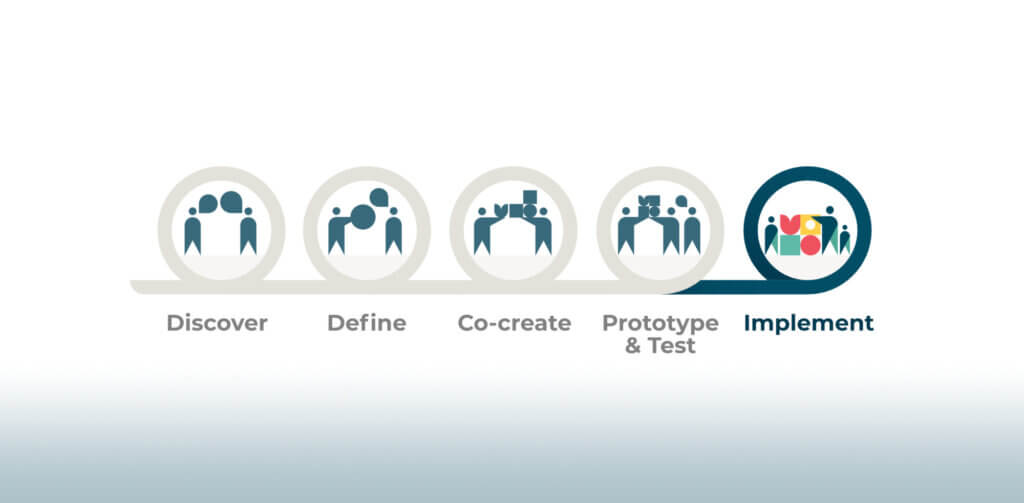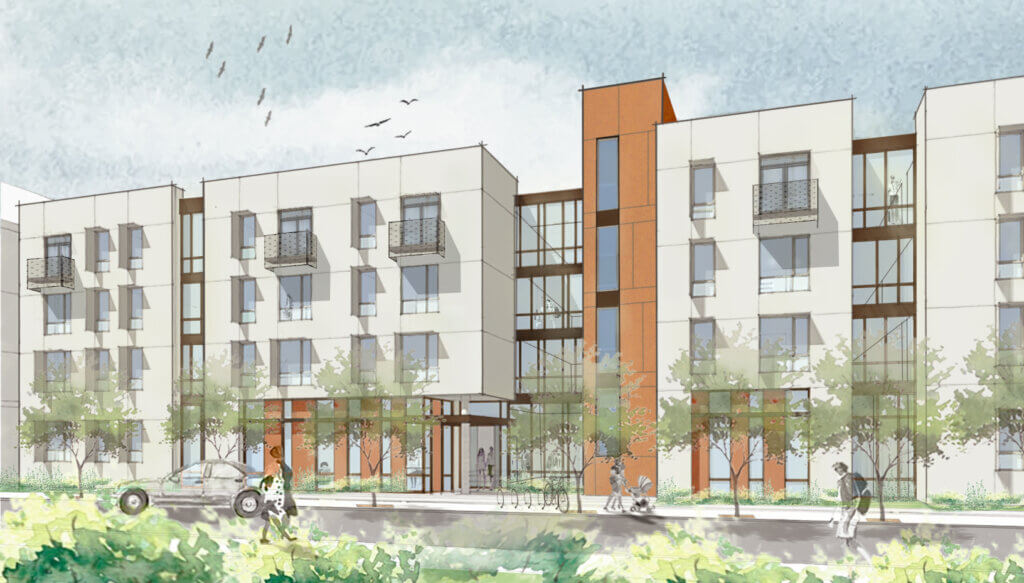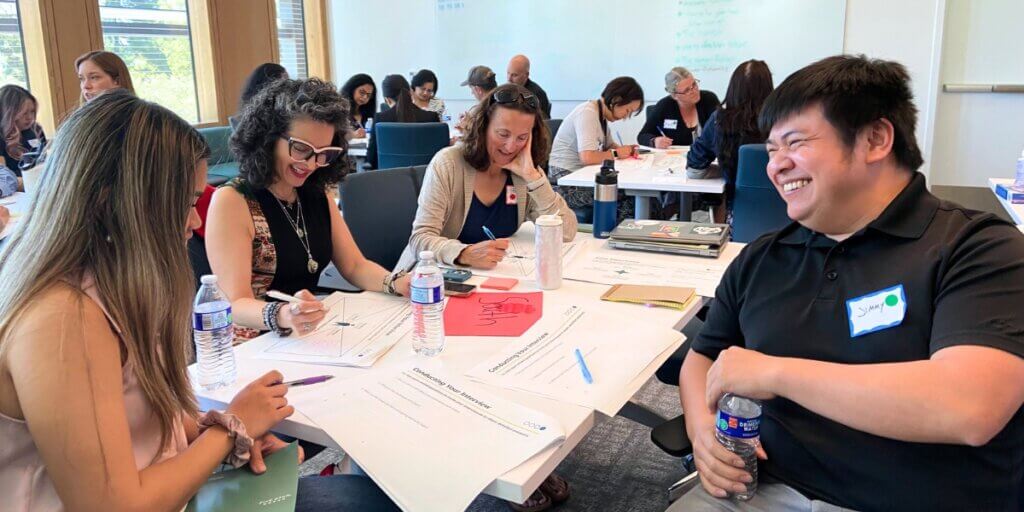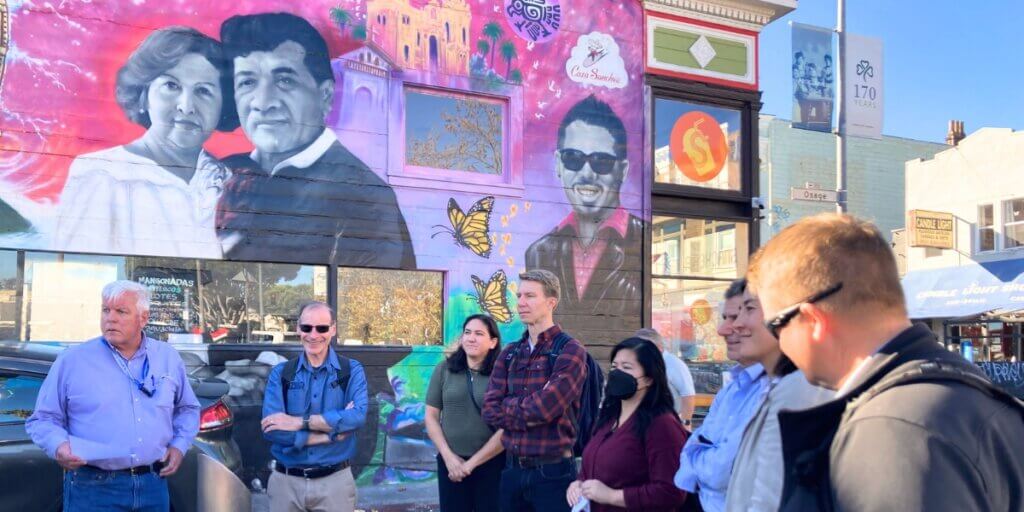Blog Post
Leveraging the Power of Apprenticeships
In a continuation of our work with California’s Employment Training Panel (ETP), we recently wrapped up a 10-month design process…

The City of Pleasanton sought to educate and source input from residents about the municipal budget to support the City in aligning public spending with community priorities. Through this community engagement endeavor, and in collaborating with us, they aimed to establish a benchmark for greater civic participation in Pleasanton’s budget-making process going forward.
In a continuation of our work with California’s Employment Training Panel (ETP), we recently wrapped up a 10-month design process…
At the start of June, we kicked off the newest Innovation Team offered by the City of Sunnyvale. This project…


